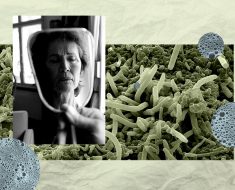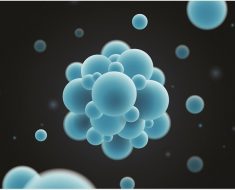
Japan’s prime minister vowed Friday to tackle an insidious enemy that causes enormous economic damage and misery for the country’s citizens each year: pollen.
Japan’s spring season might be best known for the blooming of its famed cherry blossoms and the good cheer of flower-watching picnics, but for many it is mostly synonymous with sneezes.
Each spring, the country’s vast tracts of cedar trees in particular release potent clouds of pollen that prompt many to seek relief from prescription medication, but also surgical masks and even special glasses.
This year’s season has been described as the worst in around a decade by experts and sufferers alike, prompting Prime Minister Fumio Kishida to convene the country’s first ever high-level meeting to tackle it.
“Hayfever is a national problem for Japan that troubles many people,” he told the meeting on Friday, urging officials to develop measures to address the scourge by June.
Among the proposals are cutting down cedar trees to replace them with species that produce less pollen, and using artificial intelligence like supercomputers to “fundamentally improve” Japan’s hayfever forecast system, land minister Tetsuo Saito told reporters.
The problem is so endemic it afflicts about 40 percent of the Japanese population, according to one nationwide survey.
And the economic impact is sizable because of productivity losses from workers affected by hayfever.
A 2020 poll by electronics giant Panasonic estimated the nation incurs an economic loss of over 220 billion yen ($1.6 billion) each day during the worst of pollen season.
© 2023 AFP
Source: Read Full Article





